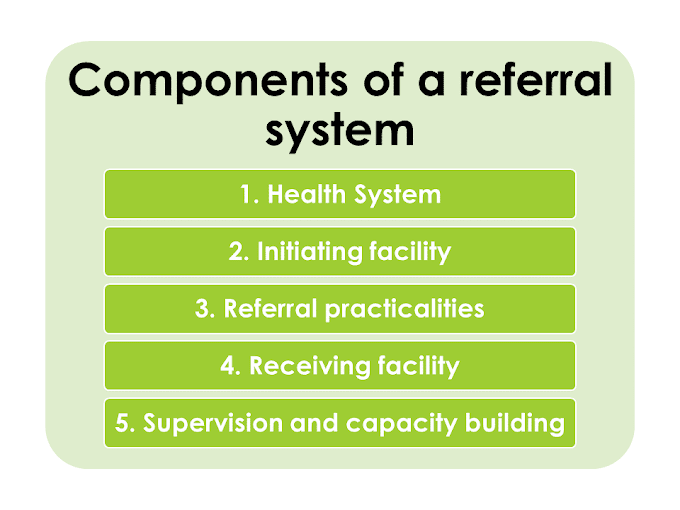What is sickle cell anemia?
Sickle cell anemia is an inherited red blood cell disorder in which there aren't enough healthy red blood cells to carry oxygen throughout your body. A defect in the hemoglobin molecule changes the oxygen carrying capacity and shape of RBC.
In sickle cell anemia the RBC acquires a sickle shape due to insufficient oxygen binding capacity. Sickle shaped cells become rigid and clumped together, obstructing capillary blood flow.
The sickle cell anemia child may experience periodic, painful attacks called sickle cell crisis. A sickle cell crisis may be triggered or intensified by:
- Dehydration
- Fever
- De-oxygenation
- Acidosis
- Emotional & physical stress
Causes
Sickle cell anemia caused by a point mutation in the beta-globin chain of hemoglobin, causing the hydrophilic amino acid Glutamic acid to be replaced with hydrophobic amino acid ‘Valine’ at the sixth position. The Beta –globin genes is found on chromosome 11.
Symptoms
Signs and symptoms of sickle cell anemia usually appear around 5 to 6 months of age in most children. They vary from child to child and change over time. Signs and symptoms can include:
- Anemia
- Frequent infection
- Painful swelling of hands, feet and joints or abdominal pain.
- Delay growth and development
- Poor healing leg wound
- Priapism
- Dactylitis
- Retinopathy and blindness
- Splenomegaly and hepatomegaly
Types of sickle cell crisis and it's manifestations
Vasoocclusive crisis:
Vasoocclusive sickle cell crisis is caused by stasis of blood with clumping of RBC cells in the microcirculation which causes ischemia and infraction. Clinical manifestation of vasoocclusive sickle cell crisis are fever, painful swelling of hands, feet and joints or abdominal pain.
Splenic sequestration:
Splenic sequestration sickle cell crisis is caused by pooling and clumping of blood in the spleen. (Hypersplenism). Clinical manifestation of splenic sequestration sickle cell crisis are profound anemia, hypovolemia, and shock.
Aplastic crisis:
Aplastic sickle cell crisis is caused by diminished production and increased destruction of red blood cells, and it is triggered by viral infection and depletion of folic acid in body. Clinical manifestation of aplastic sickle cell crisis are profound anemia and pallor in children.
Diagnosis of sickle cell anemia
Sickle cell anemia is diagnosed by blood examination. Child with sickle cell disease have low hemoglobin level and in blood films may show RBCs that appear as irregularly contracted cells.
Treatment of sickle cell anemia
- Hydration with IV or oral fluid prevent fluid volume deficit in affected child and prevent the child from complications.
- Short term oxygen therapy to treat hypoxia. (long term Oxygen therapy decrease bone marrow activity, further aggravated anemia)
- Blood transfusion is prescribed for increase tissue perfusion.
- Exchange transfusion which decreases the number of circulating sickle cells and it's prevent from complications.
- Drugs: Analgesics morphine is prescribed to treat pain. Anti-neoplastic Hydroxyurea reduces the frequency of painful crises.
- Encourage consumption of high caloric, high protein or folic acid supplementation.
- Nurse monitor the child for sign of complication, including anemia decrease perfusion and shock.
- Nurse assist the child to assume a comfortable position so that the child keeps the extremities extended to promote venous return; elevate the head of the bed no more than 30° avoid putting strain on painful joints, and do not raise the knee gatch of the bed.
- Splenectomy perform if recurrent splenic sequestration occur.





0 Comments